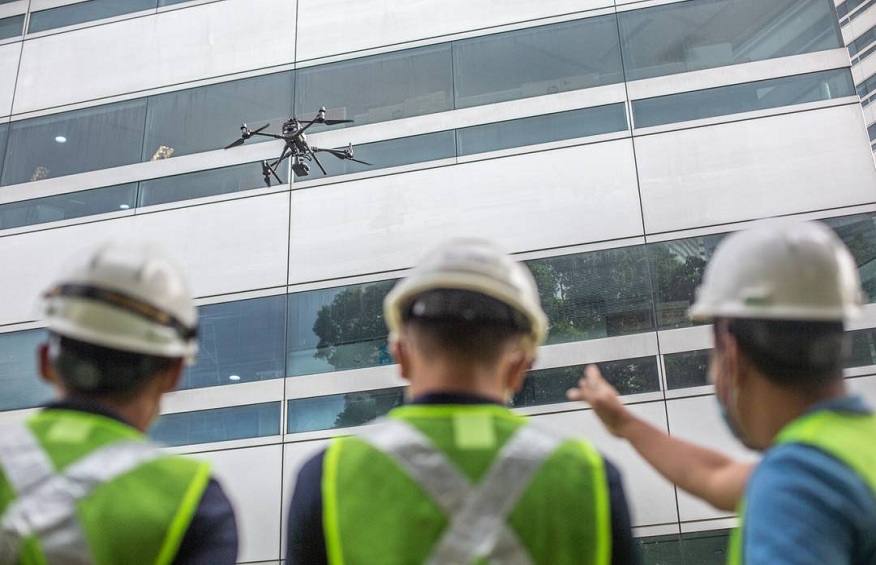Hey there, fellow architecture enthusiasts! Ted Mosby here, your friendly neighborhood architect, ready to guide you through the fascinating world of facade inspections. Today, we’re taking a closer look at key defects you should watch out for in your facade inspection report. We’ll be focusing on Singapore, a city that’s home to some truly spectacular architectural marvels.
The Basics of a Facade Inspection Report
So, let’s start with the basics. What is a facade inspection report? Well, it’s a document that outlines the condition of a building’s exterior. It’s prepared by a Qualified Person (QP) who inspects the facade for any signs of damage or deterioration. This report is crucial for maintaining the safety and longevity of buildings, especially in a high-rise city like Singapore.
Cracks in the Concrete
The first thing you want to look out for in your facade inspection report are cracks in the concrete. These can occur due to a variety of reasons such as thermal expansion, settlement, or even the corrosion of steel reinforcements. Not only are they unsightly, but they can also compromise the structural integrity of the building if left unchecked.
Water Seepage
Next up, water seepage. In Singapore’s tropical climate, this is a common issue. Water seepage can lead to a host of problems including mold growth, staining, and damage to interior finishes. It’s often a sign of issues with the waterproofing system or drainage paths.
Spalling Concrete
Spalling concrete is another defect you should be on the lookout for. This occurs when water enters concrete and causes the underlying steel reinforcements to rust. The rust occupies more volume than the steel, which causes the concrete to crack and flake off. It’s a serious issue that requires immediate attention.
Corrosion of External Fixtures
The facade inspection report should also mention any corrosion of external fixtures. This could include anything from window frames to decorative elements. Corrosion can weaken these fixtures, posing a risk of falling objects.
Loose or Dislodged Facade Elements
Finally, keep an eye out for any loose or dislodged facade elements. These could be tiles, cladding panels, or even glass panes. They pose a significant safety risk, especially in a city like Singapore where high-rise buildings are the norm.
The Bigger Picture
Now, I know this might seem overwhelming. But remember, the purpose of a facade inspection report is not to scare you. Instead, it’s about identifying issues early so they can be rectified before they become major problems.
In Singapore, the Building and Construction Authority (BCA) has guidelines that mandate periodic facade inspections. This is to ensure the safety of all building occupants and the general public. So, when you look at a facade inspection report, you’re not just looking at a list of defects. You’re looking at a tool that helps us preserve the beautiful skyline of our city.
Wrapping Up
So there you have it, folks! Those are some key defects to look out for in your facade inspection report. Remember, a well-maintained facade isn’t just about aesthetics. It’s a testament to sound architectural practices and a commitment to safety.
As we continue to build and innovate, let’s not forget the importance of maintaining what we’ve already created. After all, as any good architect knows, our buildings tell a story. And with regular facade inspections, we can ensure that it’s a story that lasts for generations to come.
Until next time, remember to keep looking up. Because when it comes to architecture, the sky really is the limit!

